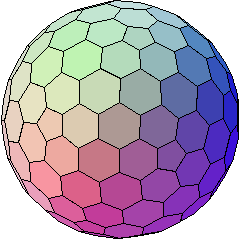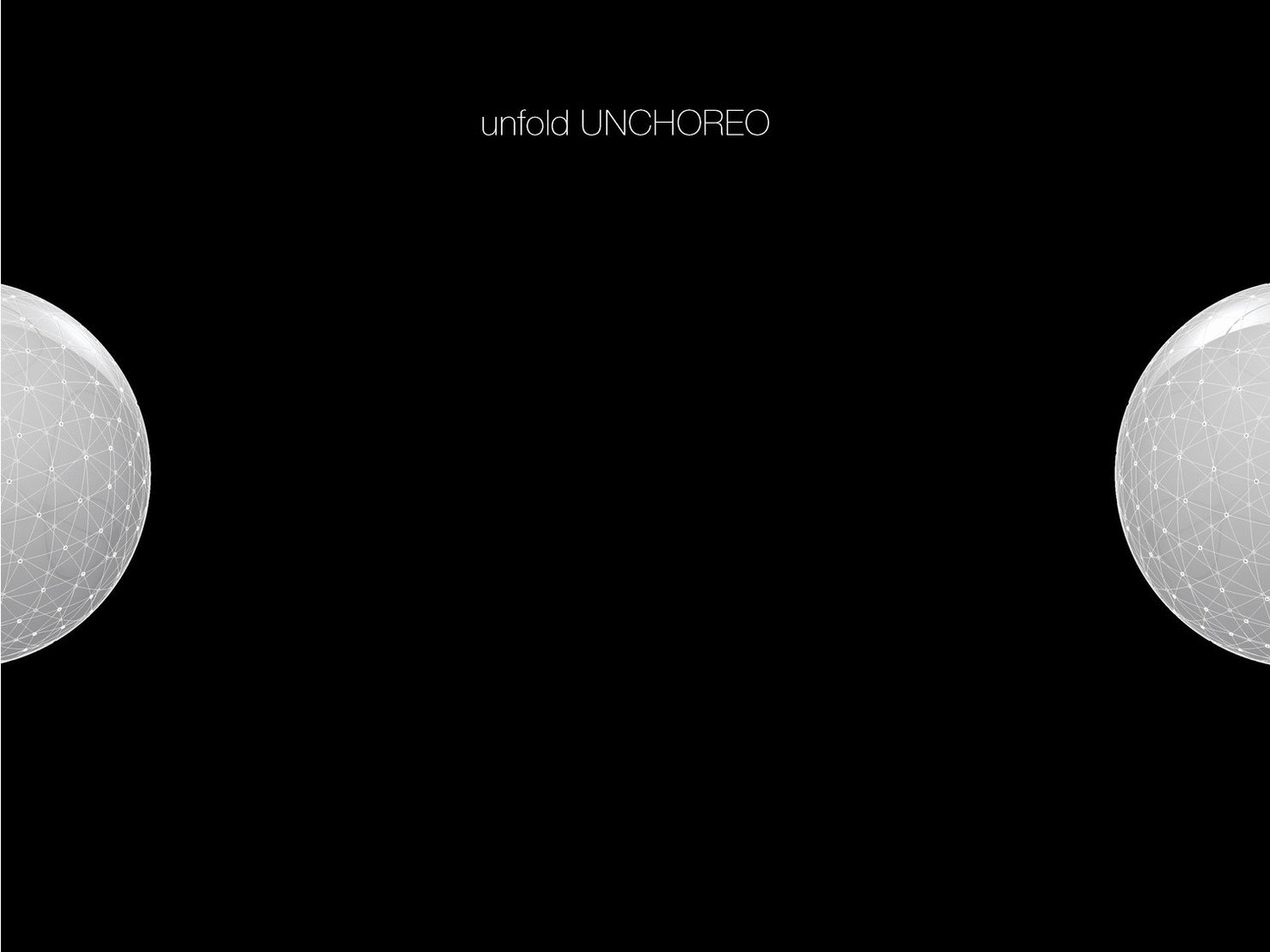Clara Lee, Difei Chen, Shruti Dhariwal, Tamer Ahmed Deif
Introduction
Choreography in the context of performance is, for the most part, a set of movements and patterns that is staged and rehearsed. To some degree, it is a performance that is hierarchical in nature; a choreographer teaches dancers how and where to move with their bodies and within the given space. Dancers then mimic these movements and steps in a predetermined fashion. They work together as a unified collective to achieve an artistic vision predefined by the original choreographer.
If dance is meant to be a medium of creative self-expression, why not return the creative agencies back to dancers? In an effort to address this question, we propose a new way to give dancers the freedom to showcase their native creativities while also making decisions and movements symbiotically with a partner. Our goal is to discover new possibilities of democratizing choreography and performance-making in the context of digital information and interactive technologies by constructing choreography through unchoreographed moves.
The idea is that each dancer is placed in individual spheric membranes. Within each membrane are pressure sensors embedded around the inner surface walls. Pressure is then captured and reported to a bluetooth Arduino, which serves to control the other membrane by directly manipulating the shape—e.g. having the wall concave—of the corresponding area. This forces the second dancer to react to the new change in the physical environment of the membrane.
Thus, we envision a social dance, choreographed in real-time, where each dancer serves as mutually dependent parts of a single artistic narrative. Digital information and enabling technologies can serve to enrich the body’s communicative powers. The membrane becomes a new stage environment. Given the circumstances, each dancer must learn to collaborate interdependently and adapt to one another’s expressions and choices. Ultimately, this feeling of physical and emotional connection has the potential to transcend beyond the current performance and space.
Conceptual Design
The spherical membrane serves as a conceptual metaphor of a baby in the womb. The womb creates a natural space for a baby and mother to develop an intimate relationship during the nine months of pregnancy and a connection that lasts well beyond birth. Unchoreo’s spheric membrane is designed to foster this similar sense of intimacy and explore the interplay between performance art, biology, psychology, and new technology.
A thin, stretchy, translucent sheet of fabric—i.e. silicone—is used to design the membrane structure. The fabric is intentionally semitransparent to allow enough light to pass through and create a shadow effect by the dancer’s movements. The design of the membrane structure is a geodesic dome, large enough to fit a human inside. The short struts that make up the framework of the dome are bendable in order to be capable of curving outward or inward when activated by the Arduino. In our demonstration, we use a shape memory Nitinol, such as Muscle Wire or Flexinol, and attach it to different chords on the triangular face of the the icosahedron to either flex or contract when activated through pressure.
Membrane Prototype
Muscle Wire
Muscle Wire with Pressure Sensor
Demonstration





